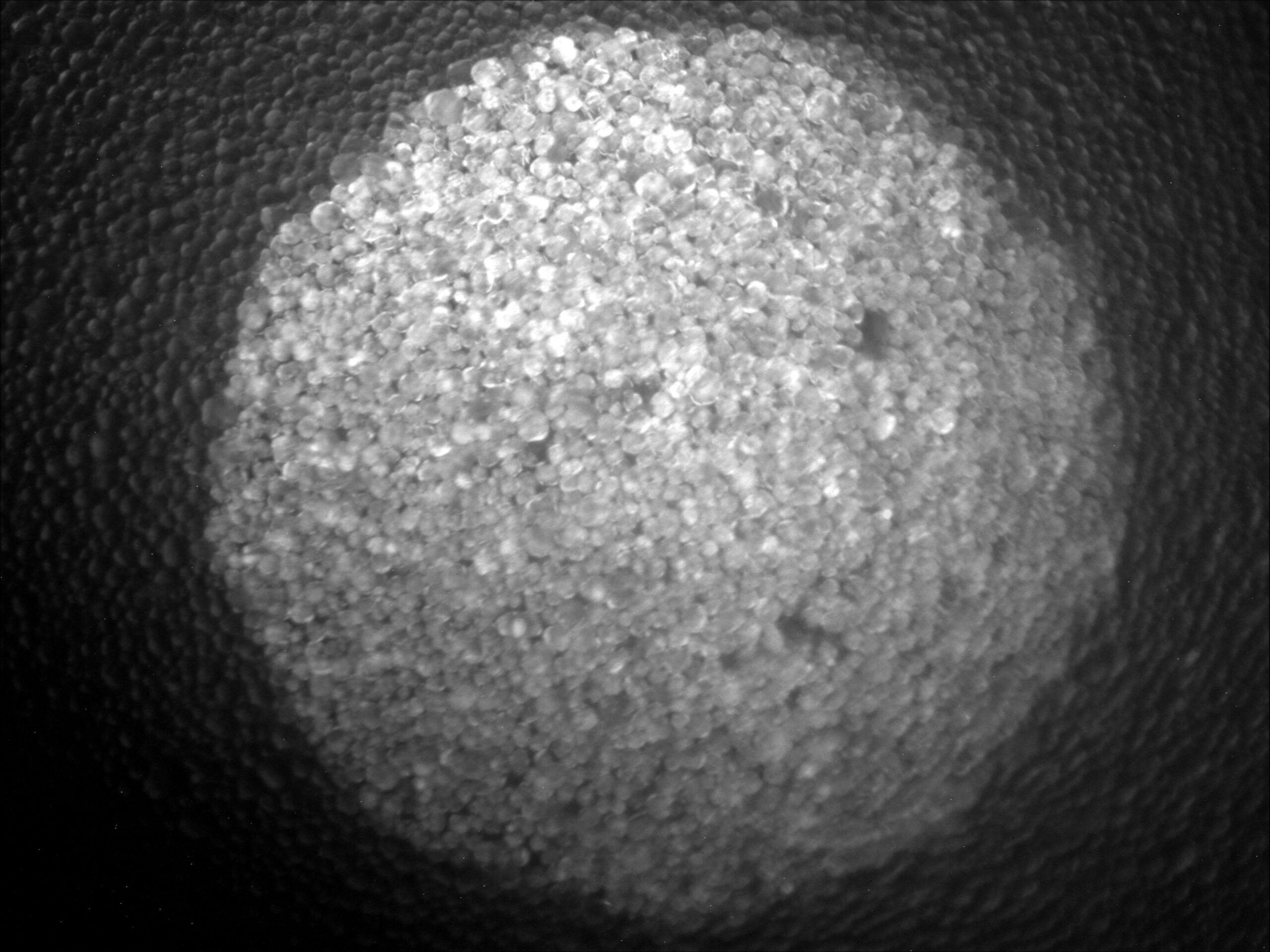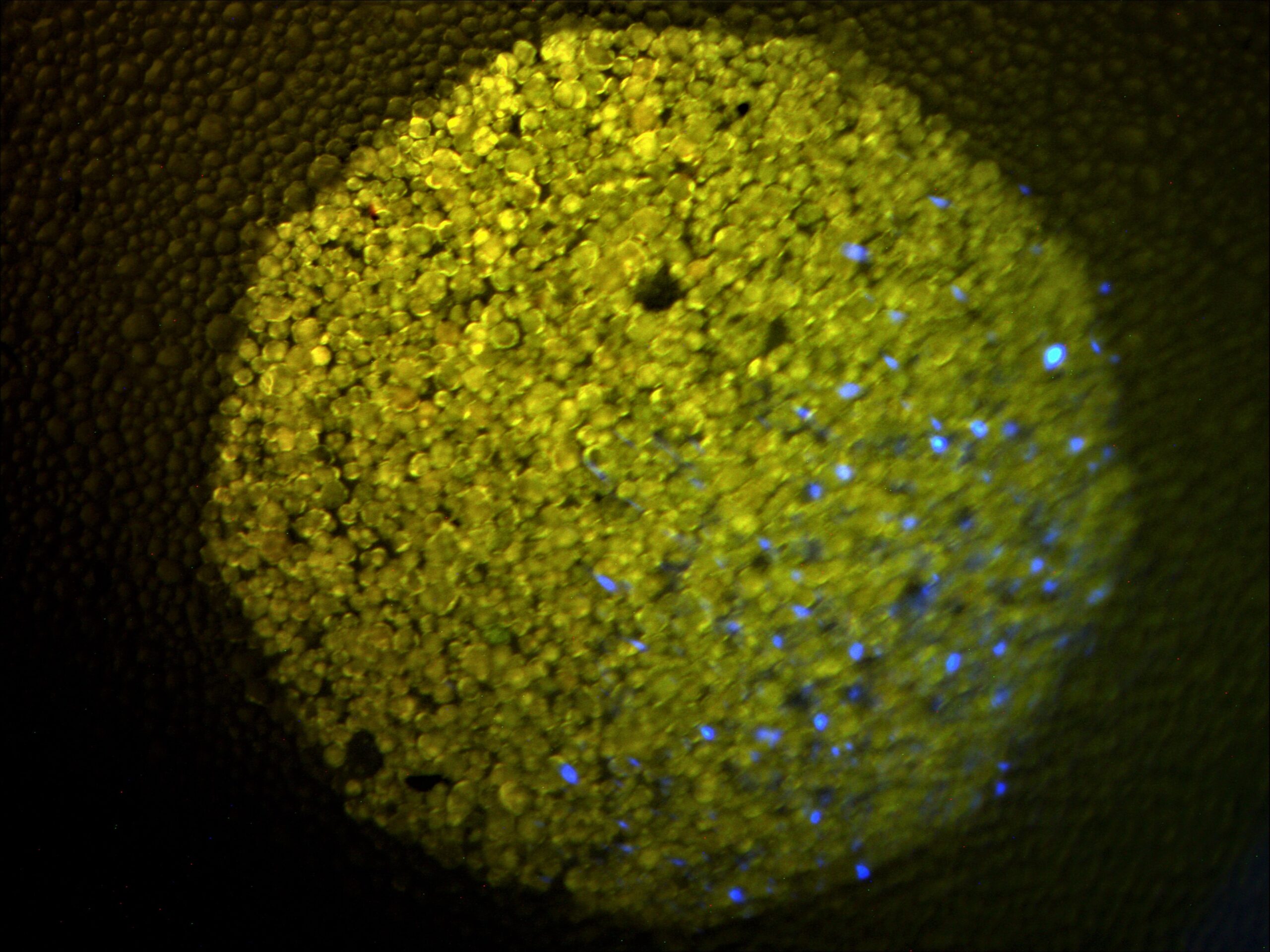Phosphors for Security and Counterfeit Protection
Counterfeiting is a product security problem affecting manufacturers worldwide. Many popular brands have to deal with significant financial losses annually due to counterfeit products. To combat counterfeiting, technologically advanced but low-cost solutions are needed. An effective anti-counterfeiting system requires the use of a physical identifier that cannot be easily copied or cloned by others. The physical identifier is attached to the product or packaging. If the physical identifier is easily clone-able, the counterfeit product can easily trick consumers and anti-counterfeiting systems used by distributors. In addition to the physical identifier, the specific detection system is also critical for effective anti-counterfeiting protection. Visual detection methods are subject to errors and human biases while the use of a customized optical instrumentation and software can help better protect brand-name products from counterfeiting.
Phosphor materials present ideal low-cost solutions for security tagging and anti-counterfeit enforcement for a wide range of products. They can be customized using a specific hard-to-make chemical composition. They can also be tuned to emit a unique spectral signature that can only be detected by a special instrument available to a few individuals as needed. Some phosphors can even be made with complex spectral signatures in the invisible parts of the spectrum. This helps make detection of the tagging material difficult or even impossible without pre-existing knowledge from the manufacturer of a particular product.
The inorganic and particulate nature of phosphors means that they can be embedded into any product during the manufacturing process. Some phosphors can be produced in sub-micron or nano size. Security phosphors can be designed to withstand temperatures over 1000 degrees centigrade. Therefore, they can survive extreme fires and their presence can still be detected even after the original product is destroyed. Phosphors can be designed to be chemically inert and still have functional properties in extreme conditions with superior resistance to chemicals, solvents, and acids.


 Security Tagging Using Specialty Phosphors to Combat Counterfeiting
Security Tagging Using Specialty Phosphors to Combat Counterfeiting